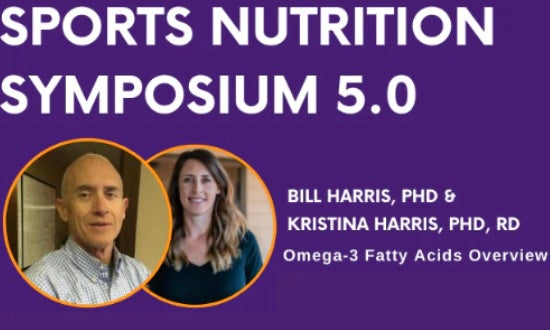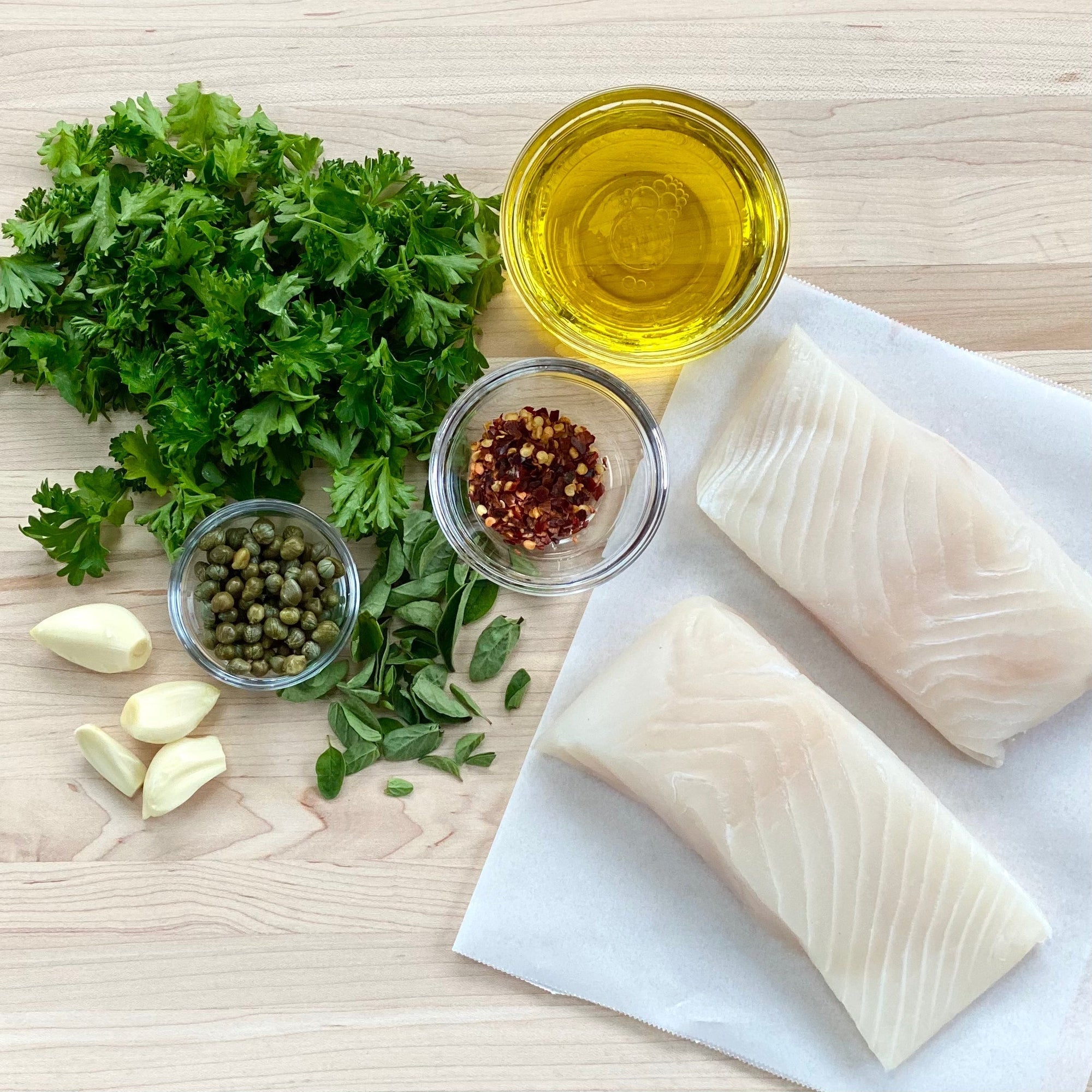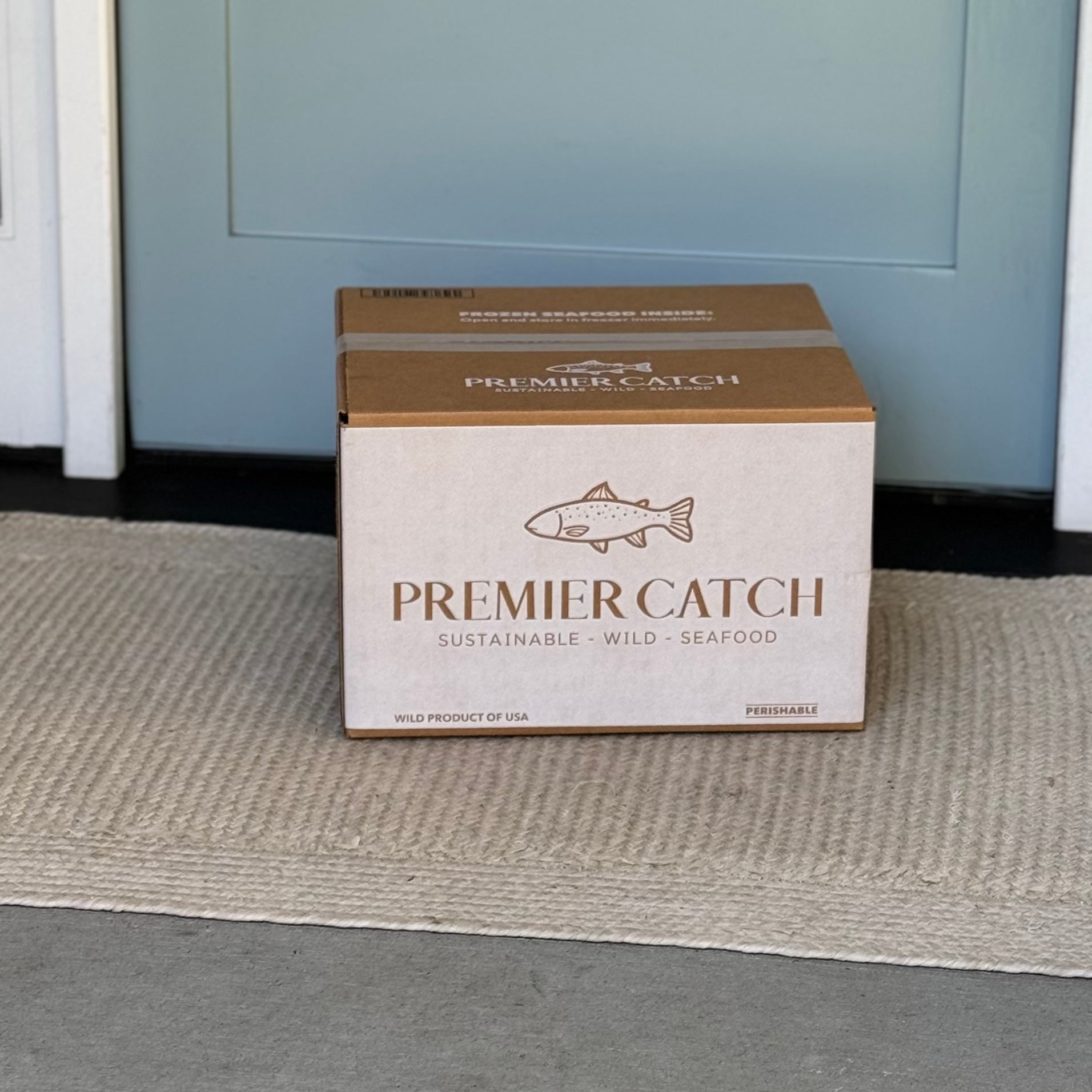I recently attended a lecture by Dr. Bill Harris on Omega-3s and athletes - I am a dietitian that specializes in longevity for professional athletes - and here are my key takeaways!
You gotta measure.
Dr. Harris has hundreds of research papers dedicated to omega-3 fatty acids. He is one of the most well respected scientists in this field and actually created a measurement tool - the Omega 3 Index (O3I) - that researchers and providers like me around the world use today to document client health progress. The O3I is a measurement of the EPA and DHA present in the membranes of your red blood cells. The total fatty acids are measured, and then the percentage of those fatty acids that are EPA and DHA are given as a percentage on your Omega 3 Index report. The goal is 8-12% and even higher. Red blood cells turn over about every 120 days, so the O3I is a great measurement of what has been going on in your body for the last several months, not just what you ate last week. Monitoring your O3I can be done in 4 month intervals, and once you get your level up into that 8+ range, annually.
Both EPA and DHA are important.
Both Dr. Bill Harris and his daughter, nutrition scientist and dietitian Dr. Kristina Harris Jackson both mention that there are lots of ways to argue for high EPA or high DHA. There is evidence to support both in many different applications. They said what was more important is that you have both. Wild fish present their omega-3 fatty acids in phospholipid form with both EPA and DHA together. So eating fish rich in omega-3s is key, and if supplementing, find one in a triglyceride (TG) or ethyl ester (EE) form that shows both EPA and DHA listed separately on the nutrition facts label. I like Nordic Naturals, Pure Encapsulations, or Quell.
Chase the Japanese
The Japanese eat a lot of fish. Weekly for sure, most likely daily, and in some cases, every few hours! Due to their high fish intake, studies show the Japanese have an average O3I over 8%. Meanwhile, here in the US we are struggling to hit 4%. In Seattle where I am from we are struggling even more down at 3%! If we can chase that goal of hitting over an 8% O3I we may all get closer to our 100th birthday party!
Omega-3s preserve muscle mass.
After an injury, surgery, or even a large weight loss, lean body mass begins to drop. Omega-3s have been shown in numerous studies to help preserve muscle mass and retention during the healing process. There was no effect of omega-3s on increasing muscle mass or speeding wound or bone healing. They also do their best work when they are already on board, so you’ll want to be at that 8%+ range before you ever do get injured or are in a position where you may lose muscle mass over time.
Consistency is key - fish 3 times a week.
In a nice flow chart slide from the presentation, on each outcome, regardless of status, one of the actionable recommendations was “recommend consistent intake of multiple omega-3 rich meals per week.” The Seafood Nutrition Partnership as well as many healthcare providers say to aim for seafood twice a week, but after checking out more studies the goal is really three times a week. Mixing in salmon, tuna, shellfish, and lean white fish makes a great rotation for variety and flavor.
Do your math correctly.
The biggest question everyone has is “how much?” Now that we know omega-3s are so important, how do we get them and how much do we need to eat? The therapeutic goal from this lecture (the amount needed to see significant benefit) was 1.5-2.2 grams (that's 1500-2200 mg) every day! They recommend both eating fish three times a week and supplementing with a fish oil supplement that has both EPA and DHA. For food, a 4 oz piece of wild Alaskan king salmon will provide you about 2 grams (2000 mg) which knocks out 2 days worth! Eating wild Alaskan king salmon a couple of times a week gets you most of the way there. On a supplement bottle, you have to be sure to do your math correctly… Dr. Harris and Dr. Jackson said to ignore the “total omega-3” number on the bottle and instead take the listed mg of EPA and add it to the listed mg of DHA, and that is your accurate intake amount. Make sure you check the serving size!
Fish + Supplements are the most efficient.
According to a study, the most efficient way to improve your O3I is to eat fish three times a week and supplement with a fish oil rich in EPA + DHA. Eating fish 3x/week got people to about 7.1% O3I; but just a little extra kick with supplementation put people over the 8% goal.
Omega-3s do not increase bleeding risk.
Despite overwhelming evidence to debunk this myth, omega-3 supplements, or having a high omega-3 intake risk does not increase risk for bleeding. In fact, Dr. Harris mentioned that one of the prescription level omega-3 fatty acid supplements approved by the FDA actually has this statement written into the patient insert: these agents (meaning omega-3s) “do not produce clinically significant bleeding episodes.” While Dr. Harris says it is absolutely safe to have a high omega-3 intake surrounding surgeries, he said that stopping intake for a couple days at your surgeon's request won’t affect your O3I too much and it's not worth getting into an argument with your surgeon over!
Source: Sports Nutrition Symposium 5.0, Bill Harris, PhD & Kristina Harris Jackson, PhD, RD Omega-3 Fatty Acids Overview, Monday, June 20th 2022


